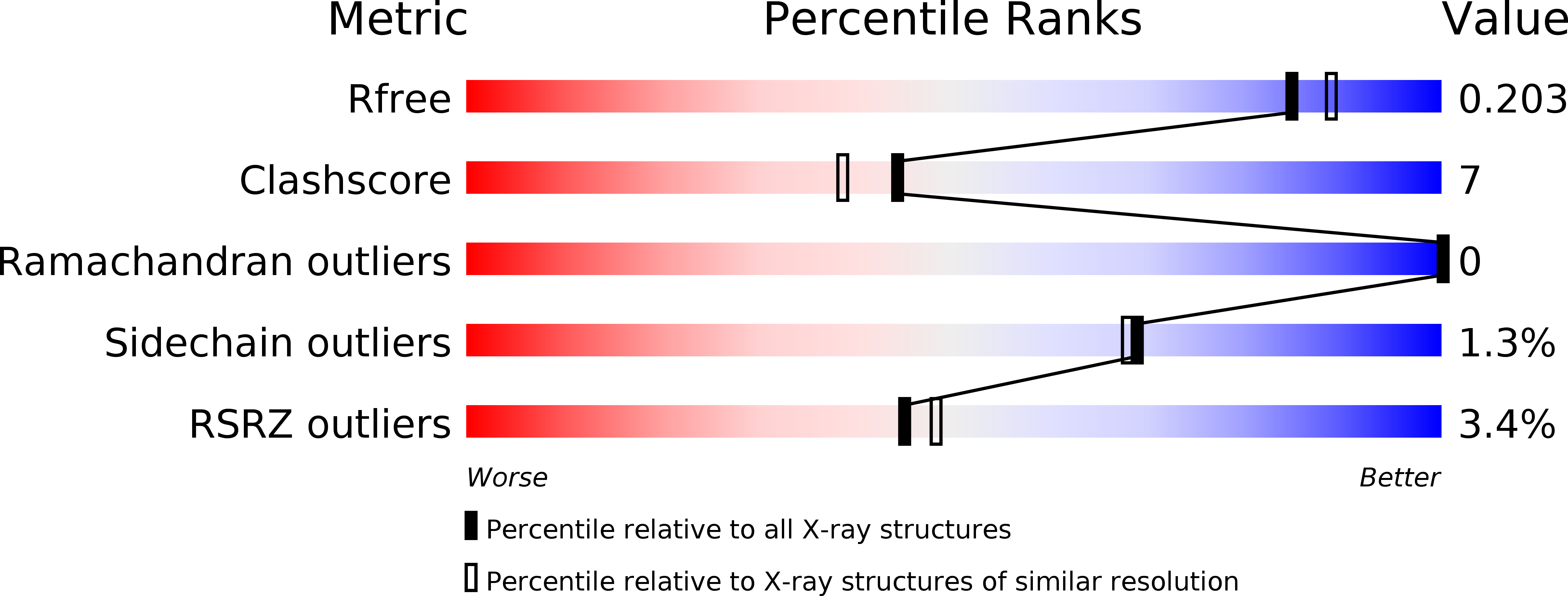
Deposition Date
2014-07-25
Release Date
2014-08-20
Last Version Date
2023-11-08
Entry Detail
PDB ID:
4U5X
Keywords:
Title:
Structure of plant small GTPase OsRac1 complexed with the non-hydrolyzable GTP analog GMPPNP
Biological Source:
Source Organism:
Oryza sativa subsp. japonica (Taxon ID: 39947)
Host Organism:
Method Details:
Experimental Method:
Resolution:
1.90 Å
R-Value Free:
0.20
R-Value Work:
0.15
R-Value Observed:
0.15
Space Group:
P 21 21 21


